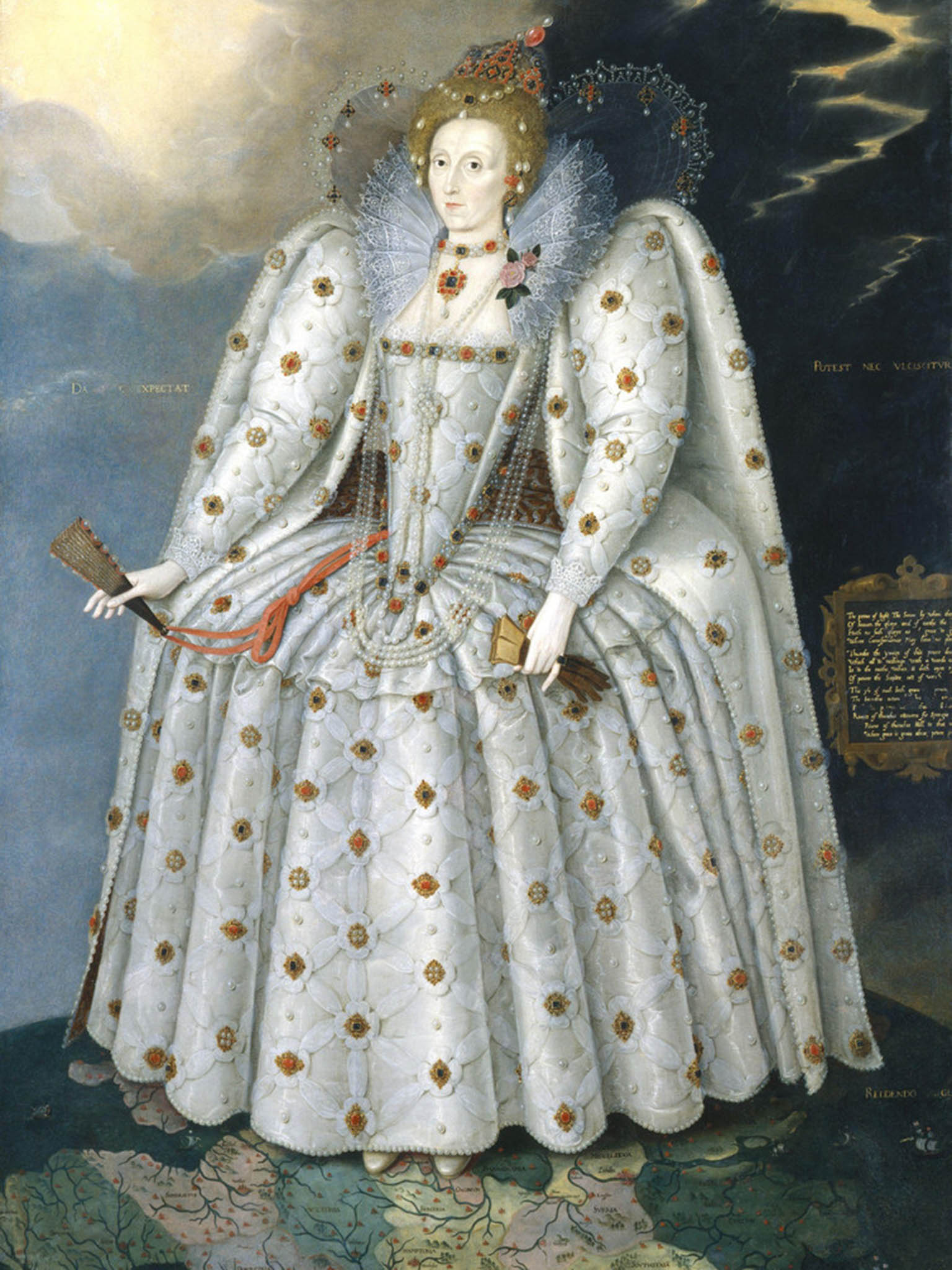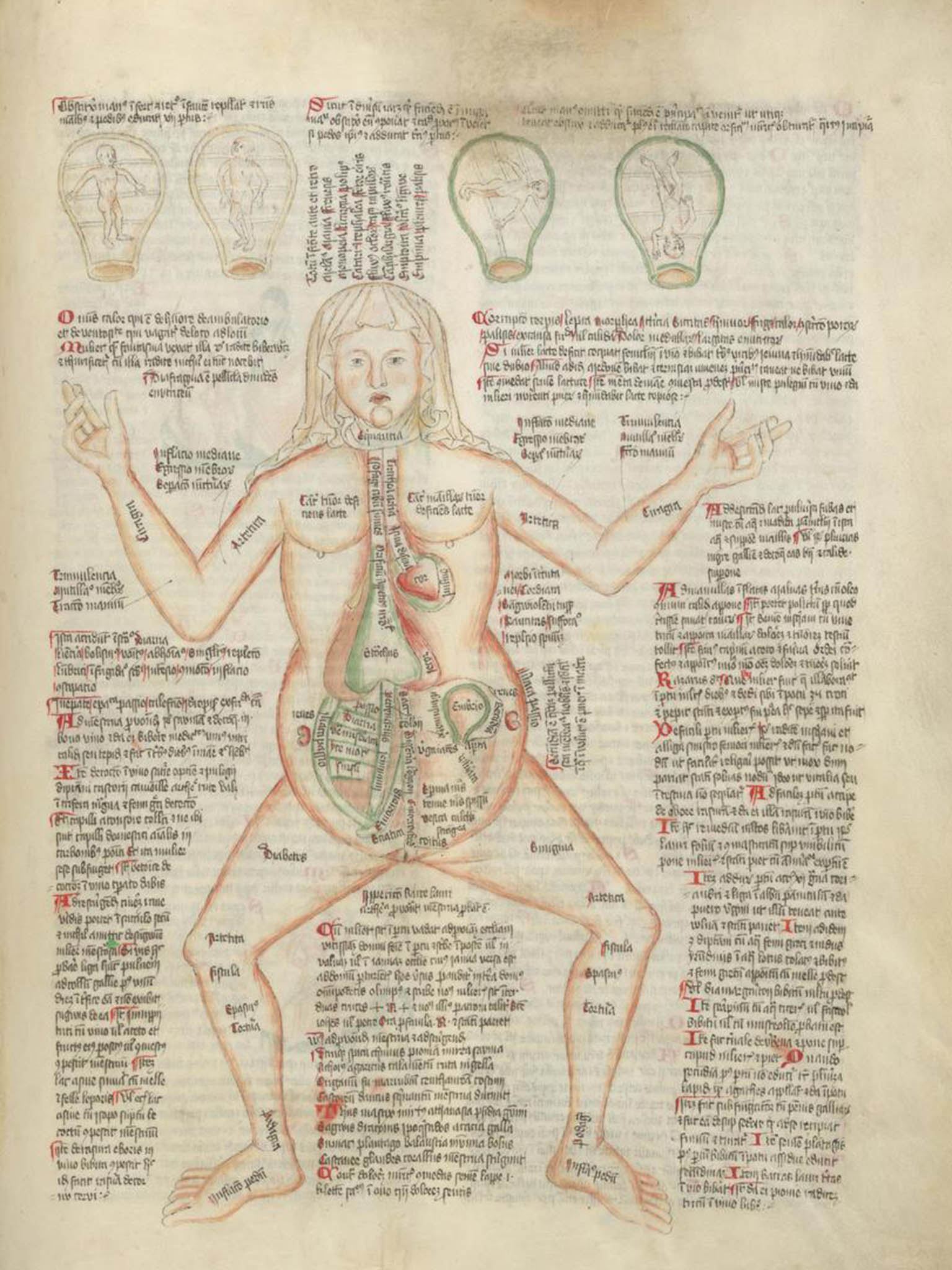Medieval women can teach us how to smash gender rules and the glass ceiling
Women have always had to fight gender rules to gain power

Your support helps us to tell the story
From reproductive rights to climate change to Big Tech, The Independent is on the ground when the story is developing. Whether it's investigating the financials of Elon Musk's pro-Trump PAC or producing our latest documentary, 'The A Word', which shines a light on the American women fighting for reproductive rights, we know how important it is to parse out the facts from the messaging.
At such a critical moment in US history, we need reporters on the ground. Your donation allows us to keep sending journalists to speak to both sides of the story.
The Independent is trusted by Americans across the entire political spectrum. And unlike many other quality news outlets, we choose not to lock Americans out of our reporting and analysis with paywalls. We believe quality journalism should be available to everyone, paid for by those who can afford it.
Your support makes all the difference.On the night of the US election, Manhattan’s magisterial, glass-encased Javits Centre stood with its ceiling intact and its guest-of-honour in defeated absence. Hillary Clinton – who has frequently spoken of “the highest, hardest glass ceiling” she was attempting to shatter – wanted to bring in a new era with symbolic aplomb. As supporters despaired in that same glass palace, it was clear that the symbolism of her defeat was no less forceful.
People wept, hopes were dashed, and more questions were raised about just what it will take for the most powerful leader on the planet to one day be a woman. Hillary Clinton’s staggering experience and achievements as a civil rights lawyer, first lady, senator and secretary of state were not enough.
The double-standards of gender “rules” in society have been disconcertingly evident of late. The Clinton campaign said FBI director James Comey’s handling of the investigation into Clinton’s private server revealed “jaw-dropping” double standards. Trump, however, lauded him as having “guts”. When no recriminating email evidence was found, Trump ran roughshod over the judicial process, claiming: “Hillary Clinton is guilty. She knows it. The FBI knows it, the people know it.” Chants of “lock her up” resonated through the crowd at a rally.
Mob-like cries for a woman to be incarcerated without evidence or trial? That’s medieval.
The heart of a king
Since time immemorial, women have manipulated gender constructs to gain agency and a voice in the political milieu. During her speech to the troops at Tilbury, anticipating the invasion of the Spanish Armada, Elizabeth I famously claimed:
“I know I have the body but of a weak and feeble woman; but I have the heart and stomach of a king, and of a king of England too.”

Four hundred years later, Margaret Thatcher seemed obliged to follow the same approach, employing a voice coach from the National Theatre to help her to lower her voice. And Clinton told a rally in Ohio: “Now what people are focused upon is choosing the next president and commander-in-chief.” Not a million miles away from the kingly-identifications of Elizabeth, the pseudo-male “Virgin Queen”.

This gender-play has ancient origins. In the late fourth-century AD, St Jerome argued that chaste women become male. Likewise, the early Christian non-canonical Gospel of Thomas claimed that Jesus would make Mary “male, in order that she also may become a living spirit like you males”.
By the Middle Ages, this idea of female bodily inferiority became material as well as spiritual as medical texts on the topic proliferated. Women’s bodies were considered inferior and more prone to disease. Because of the interiority of female anatomy, male physicians had to rely on diagrams and texts to interpret them, often with a singular focus on the reproductive system. Since men mostly wrote the books, the lexical and pictorial construction of the female body has therefore been historically, and literally, “written” by male authors.
So women, who were socially constrained by their female bodies and living in a man’s world, had to enact radical ways to modify their gender and even their very physiology. To gain authority, women had to be chaste, and to behave like men by adopting “masculine” characteristics. Such modifications might appear to compromise feminist, or proto-feminist, ambitions, but they were in fact sophisticated strategies to undermine or subvert the status quo.
Gender-play
Medieval women who desired a voice in religious circles (the Church was, of course, the unelected power of the day) shed their femininity by adapting their bodies, the way that they used them, and therefore the way in which they were “read” by others. Through protecting their virginity, fasting, mortifying their flesh, perhaps reading, writing, or becoming physically enclosed in a monastery or anchorhold, they reoriented the way in which they were identified.
Joan of Arc (1412-1431) famously led an army to victory in the Hundred Years War dressed as a soldier, in a time when women were not supposed to fight.
Catherine of Siena (1347-1380), defying social codes of female beauty, shaved her hair in defiance of her parents’ wish to have her married. She later had a powerful mystical experience whereby she received the heart of Christ in place of her own; a visceral transformation which radically altered her body and identity.
And St Agatha (231-251), whose story was widely circulated in the Middle Ages, refused to give in to sexual pressure and was tortured, finally suffering the severing of her breasts. She has since been depicted as offering her breasts on a plate to Christ and the world. Agatha subverted her torturers’ aim, exploited her “de-feminised” self and instead offered her breasts as symbols of power and triumph.
Some scholars have even argued that monks and nuns were a considered a “third gender” in the Middle Ages: neither fully masculine nor feminine.
These flexible gender systems show how medieval people were perhaps more sophisticated in their conceptualisation of identity than we are today, when challenges to binary notions of gender are only now becoming widely discussed. Medieval codes of chastity might not be to most 21st-century tastes, but these powerful women in history took control of their own identification: found loopholes in the rules, found authority in their own self-fashioning.
The US presidential campaign has without doubt reinvigorated the politics of gender. Hillary Clinton has said: “If I want to knock a story off the front page, I just change my hairstyle.” It is easy to leap at such a comment, seeing Clinton as a media sycophant, playing to the expectation that women are defined by their appearance. But in fact, like myriad women before her, Clinton was manipulating and exploiting the very rules that seek to define her.
Complete liberation this is not. Only when the long history of gender rules is challenged will powerful women no longer be compared to men. Like the response of Joan of Arc and her troops, it is surely now time for another call to arms: for the freedoms of tolerance, inclusion, equality and compassion. We must turn grief into optimism and words into action. To shatter not the dreams of girls across the world, but the glass ceilings that restrain them.
This article first appeared on The Conversation (theconversation.com). Laura Kalas Williams is a postdoctoral researcher in medieval literature and medicine and associate tutor, at University of Exeter
Join our commenting forum
Join thought-provoking conversations, follow other Independent readers and see their replies
Comments